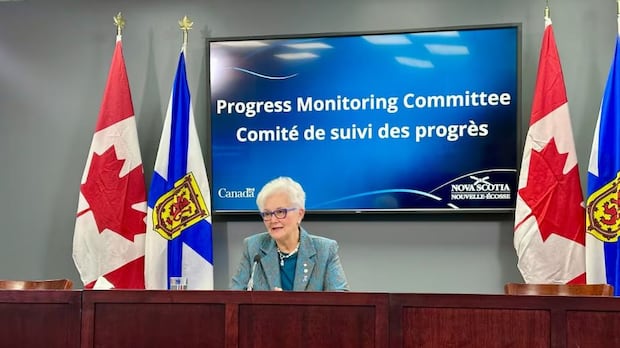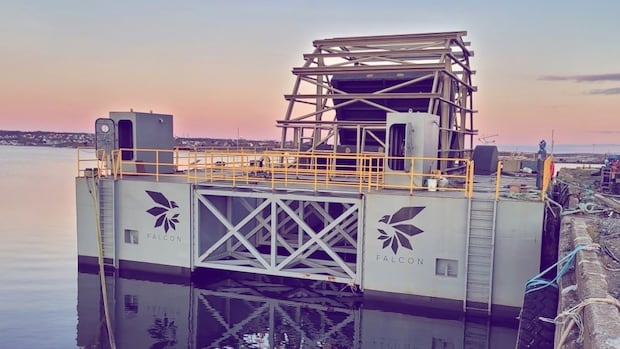Outrage after guests wearing KKK costumes attend N.S. fire hall dance

A deputy fire chief in Cape Breton has apologized after some guests attended a Halloween dance at a fire hall dressed as members of the Ku Klux Klan.
Photos circulating on social media from Saturday’s event at the North Sydney Firefighters Club show four people wearing white sheets and white pointed hoods — garb synonymous with the American white supremacist group. One of the partygoers is holding a large cross.
“I will assure you that we are all hurting in our hearts today that we have disappointed a community that we work so hard to make better and protect,” Wade Gouthro, the deputy fire chief in North Sydney, wrote in a Facebook post.
Gouthro declined to be interviewed.
Costumes were ‘a racist act’
Jason MacLean, who is Black, called the incident “outrageous.” His father is a retired firefighter who worked with the fire department in North Sydney.
“What they did was hurtful to people and … many would argue hateful,” MacLean told CBC Radio’s Mainstreet. “It indeed was — and this is where people need to not shy away — it was a racist act.”
MacLean said he was frustrated that the four guests were not only admitted into the dance but allowed to stay.
The North Sydney Firefighters Club, which hosted the dance, said in its own Facebook post that the guests in question are not associated with the department.
In a brief statement, the club’s executive apologized to those who were “offended or hurt by our lack of actions,” and vowed to do better in the future.
Opportunity to learn, says MacLean
While a number of comments online showed people were upset by the costumes, MacLean said others downplayed the seriousness of such a stunt.
“That shows that people don’t know the history of the Klan and do not know the history of persecution that Black people went through in North America,” he said.
“I think people just need to know, and people need to learn from this. There needs to be actions, positive actions that are taken from it.”
MacLean wants the fire station and anyone associated with the fire hall to undergo anti-racism training.
Deputy fire chief asks for forgiveness
In his Facebook post, Gouthro asked for the community’s forgiveness and said what occurred Saturday doesn’t reflect what his members stand for.
“Most times we think, ‘Ah, it is a costume,’ without really thinking of the big picture or the past it represents,” he wrote.
Cape Breton Regional Police said Monday they’re aware of the incident and are investigating whether any crime took place.




